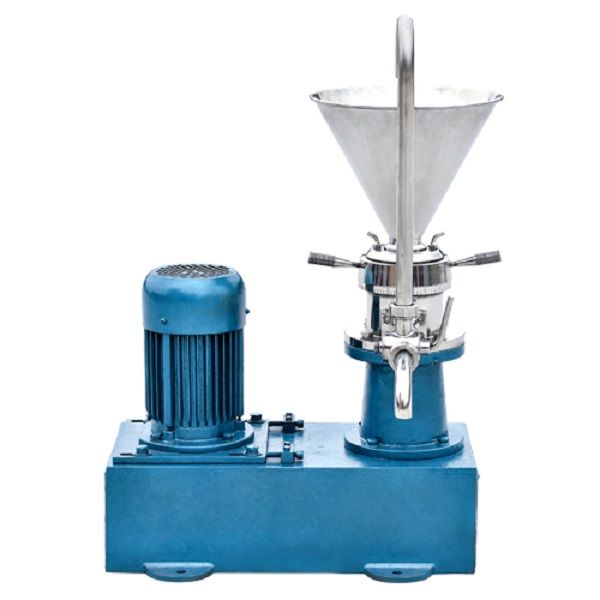Wenzhou XiaojieOfficial website
Scan and view immediately机翻 · 通用领域
Pear fruit is usually used for consumption. Not only is it juicy and delicious, with a sweet and sour taste, but it is also nutritious, containing a variety of vitamins and fiber, which can be used for refining semen, quenching thirst, moistening the lungs, clearing the heart, and strengthening intestinal detoxification. The resulting thirst, heat in the chest cavity, and dryness in the lungs. The sweetness and powerful effects of pear juice are increasingly favored by more and more consumers.
The materials required include pear, white sugar, sweeteners, pectinase, ascorbic acid, and stabilizers (agar, acidic CMC Na), all of which are food grade. The equipment required includes: tissue crusher, small pulping and juicing machine, vertical colloid mill, high-pressure homogenizer, high-temperature instantaneous sterilizer, vacuum tank, filling and capping machine, etc.
The production process of pear juice: cleaning → crushing → juicing → filtering → blending (adding stabilizer) → degassing → homogenization treatment → filling → sealing → sterilization → cooling → inspection → finished product.

The production process of pear juice is as follows:
1. Cleaning and crushing. After washing the pear fruit, break it into small pieces of 1-1.5 cm3 and add 0.2% pectinase preparation.
2. Juice extraction, filtration, and blending (adding stabilizers). Pear juice is obtained through squeezing, grinding, refining, and filtering using a small juicer, vertical colloid grinding, and dual filtration. Add a certain amount of sweeteners and stabilizers to pear juice. Meanwhile, in order to maintain the color of pear juice, it is necessary to add an appropriate amount of antioxidants.
3. Degassing. Before homogenization, the product should be subjected to 86.7-93.2KPa and maintained for its nutritional content and flavor at 30-40 ° C to prevent oxidation and discoloration.
4. Homogenization treatment. Use a high-pressure homogenizer to uniformly granulate particles of different sizes and densities to improve the suspension stability of meat juice; Adjust to the required average pressure and temperature, and the process proceeds smoothly; Using the quadratic average method to improve the stability of meat juice beverages.
5. Filling, sealing, sterilization, and cooling. After quantitative filling and pre sealing, steam heat for 10 minutes to remove air from the top gap of the bottle. After sealing, sterilize at high temperature and cool in sections.
6. Inspection and finished products. The comprehensive inspection and testing of the finished product ensure its safety, hygiene, and reliability.





 Zhejiang ICP No. 17030949-2
Zhejiang ICP No. 17030949-2